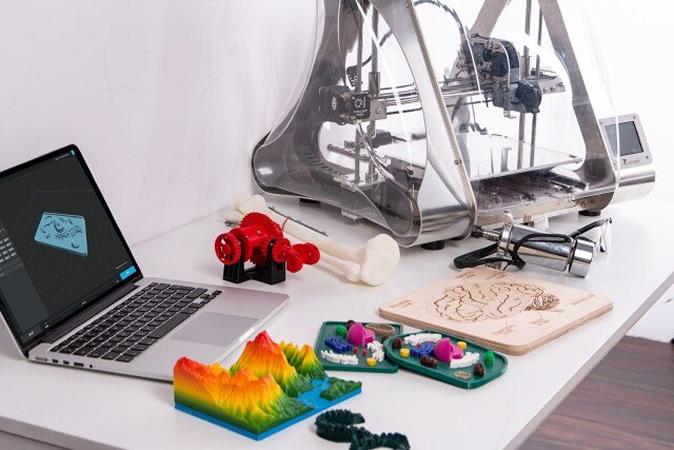October 2, 2019

The strength of 3-D-printed products could be improved through a new technique developed by scientists at UT and Oak Ridge National Laboratory. The new process, which uses UV irradiation, could strengthen bonds of 3-D-printed materials to withstand 200 percent more transverse stress, according to a study published in Macromolecules.
Fused deposition modeling (FDM) is a popular technique in the manufacturing industry and is used regularly in printing prototypes, molds of industrial processes, and tailored parts across many industrial fields. In FDM, a filament is passed through a heated nozzle and deposited layer by layer to create a structure.
“There are about a half dozen methods of 3-D printing, and a lack of layer adhesion is a problem in all of them. This means that many of these materials are brittle, so they can’t handle much strain before they break,” said coauthor Mark Dadmun, professor of chemistry at UT and an ORNL–UT joint faculty member.
Read more at phys.org/news.
Related Publication: Levenhagen, N.P., Dadmun, M.D. (2019). Reactive Processing in Extrusion-Based 3D Printing to Improve Isotropy and Mechanical Properties. Macromolecules 52(17), 6495-6501. doi.org/10.1021/acs.macromol.9b01178